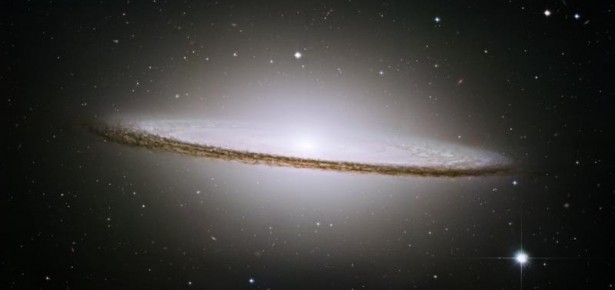
With Labor Day Weekend beginning in just a matter of hours, summer is at its end. So too, unfortunately, is our Summer Stargazing blog series. As your camp counselor/organizer, I hope you’ve all had a great time and learned something new, whether it was the difference between meteors and meteorites, how to find Cygnus from a map, which telescope tripod to choose, or just a new way to appreciate the beauty of the universe.
But it’s not over just yet: there’s still time to participate in our Summer Stargazing photo contest! The winner will receive $125 worth of amateur astronomy titles of their choice. We’ve got some great entries to the contest so far—check out a few below! Email your photos to [email protected]. More instructions and guidelines are here.
Here at Cambridge, we stargaze all year long, so if you have a question for the astronomy experts or need a book recommendation, let us know! Post your question in the comments or on Facebook or Twitter.
This is the first telescope’s light FSQ106, after adding the focal reducer to fit into a 385mm focal length, as with the camera FLI8300, allows you to frame a truly spectacular wide fields, as in this case by photographing the nebulae classified as IC443 for the Nebula Medusa Jellyfish Nebula or in the right and the left IC444. The first is a planetary nebula, which sheltered a neutron star that exploded about 30,000 years ago and left a very large carryover, is located about 5,000 light years away. In the picture the nebulae are flanked by the stars Mu and Eta in the constellation Gemini. It’s a picture from 5:30 hours of exposure.
M20 was taken using a PlaneWave 12.5 inch telescope and QSI 683 CCD camera. The total exposure time was 1.5 hours through Astrodon LRGB filters.
Object: 2 frame mosaic of the Trifid and Lagoon Nebulas shot in narrow band and colorized as per the Hubble Palette.
Camera: Starlite Xpress SXVR-H35
Filters: Baader 7nm H alpha, 8nm S2, 8.5nm 03
Exposure data: H Alpha 10 X 20 min ea frame
S-2 6X20 min ea frame
0-3 6X20 min ea frame
Scope and Mount: Takahashi TOA-130N @ f7.7 + field flattner, NJP mount
Guiding via: Takahashi FS-78 with Starlite Xpress Superstar autoguider
Camera and autoguider control via Maxim DL
Image processing: Maxim DL and Photoshop CS-6
Equipment: Canon 550D, Lens: Canon EF70-300mm.
Latest Comments
Have your say!